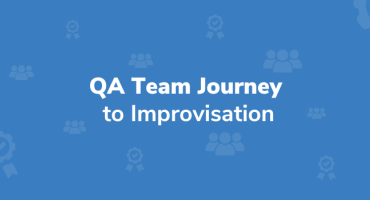QAOPs- Quality Assurance in Continuous Delivery Systems
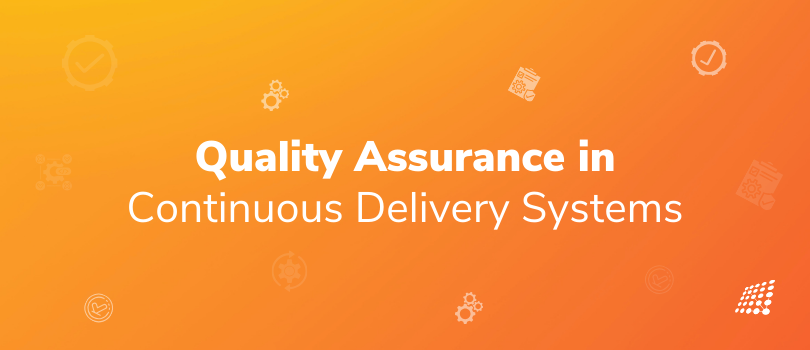
QAOPs: What is it?
QAOPs framework, a new flavor of DevOps is a prime example of 'QA - what is it?' in action. It brings the QA and software operations together as a business practice. Generally, the Software Development Life Cycle includes QA at the end, but QAOPs recommend integrating testing and QA right from the beginning to the ending phase. This approach, which is at the heart of understanding 'QA - what is it?', may result in identifying bugs and producing error-free development cycles.
- An emerging practice that integrates QA (Quality Assurance) into the software delivery pipelines.
- methodology utilizes various DevOps tools to cultivate a healthy quality product creation culture.
- Aims to integrate testing practices at every stage of the product delivery pipeline.
- Integrating QA procedures, automation, and a QA reporting dashboard with the SDLC.
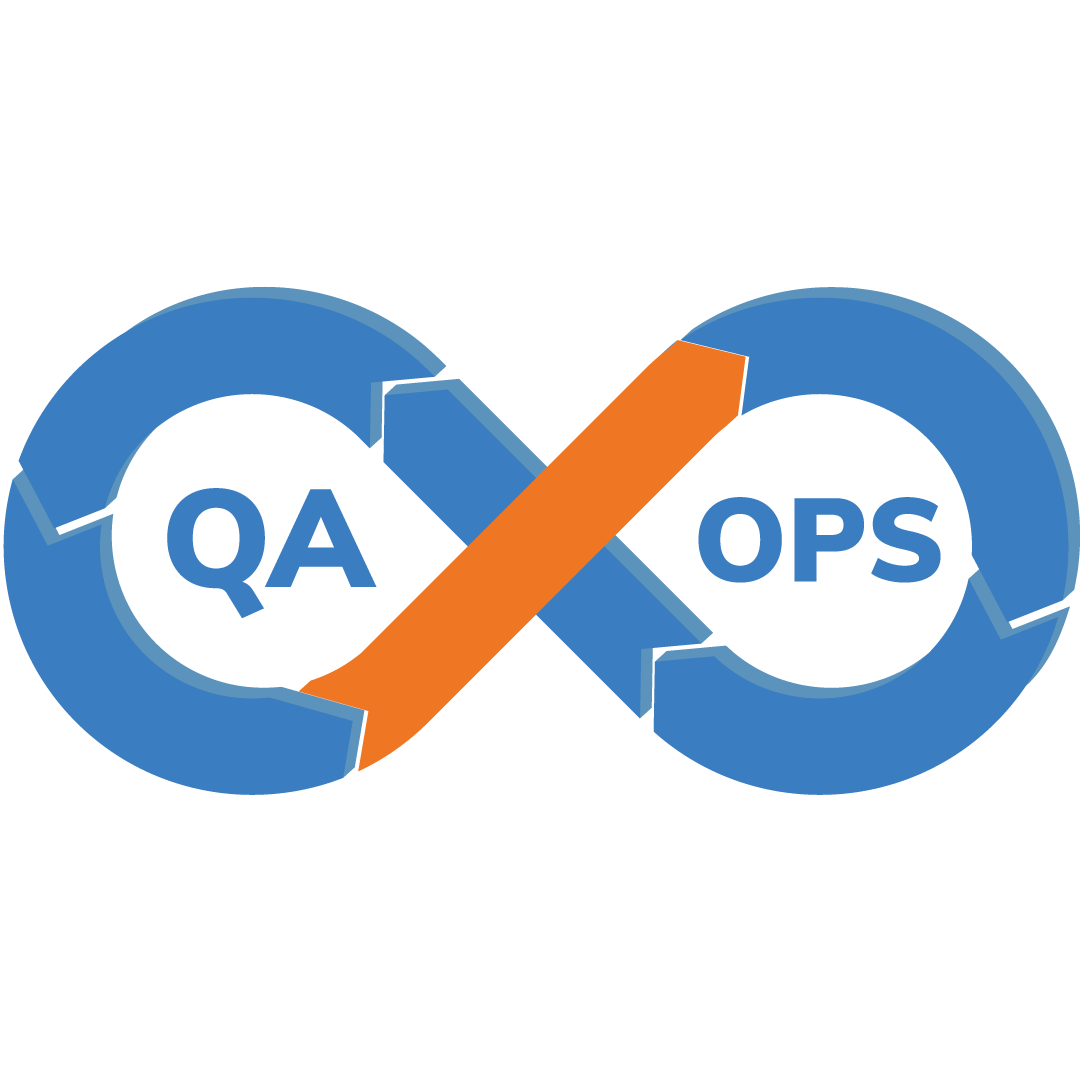
QAOPs is not a specialization, nor a team role
Understanding QAOPs simply based on an explanation can take time and effort. As a QA Operations Specialist, you will know if you know CI/ CD and how it fits within the software development lifecycle.
QAOPs mainly adhere to two key principles
QAOPs two key principles are:
- QA deeds must be incorporated into the Continuous Integration (CI)/Continuous Deployment(CD pipelines)
- QA engineers should work closely with the operations and developers team while building the CI/ CD pipeline.
While the SDLC relies deeply on the QAOPs procedure, its backbone lies in the fundamental framework of DevOps – Continuous Integration and Continuous Delivery (CI/CD).
By execution of QAOPs in DevOps, there are several QAOPs in DevOps rewards which are as follows:
- Workflow brings quick results with improved quality.
- The testing team works closely with other teams, thus escalating their skill level.
- A higher degree of reliability, quality, and stability, guarantee a better customer experience.
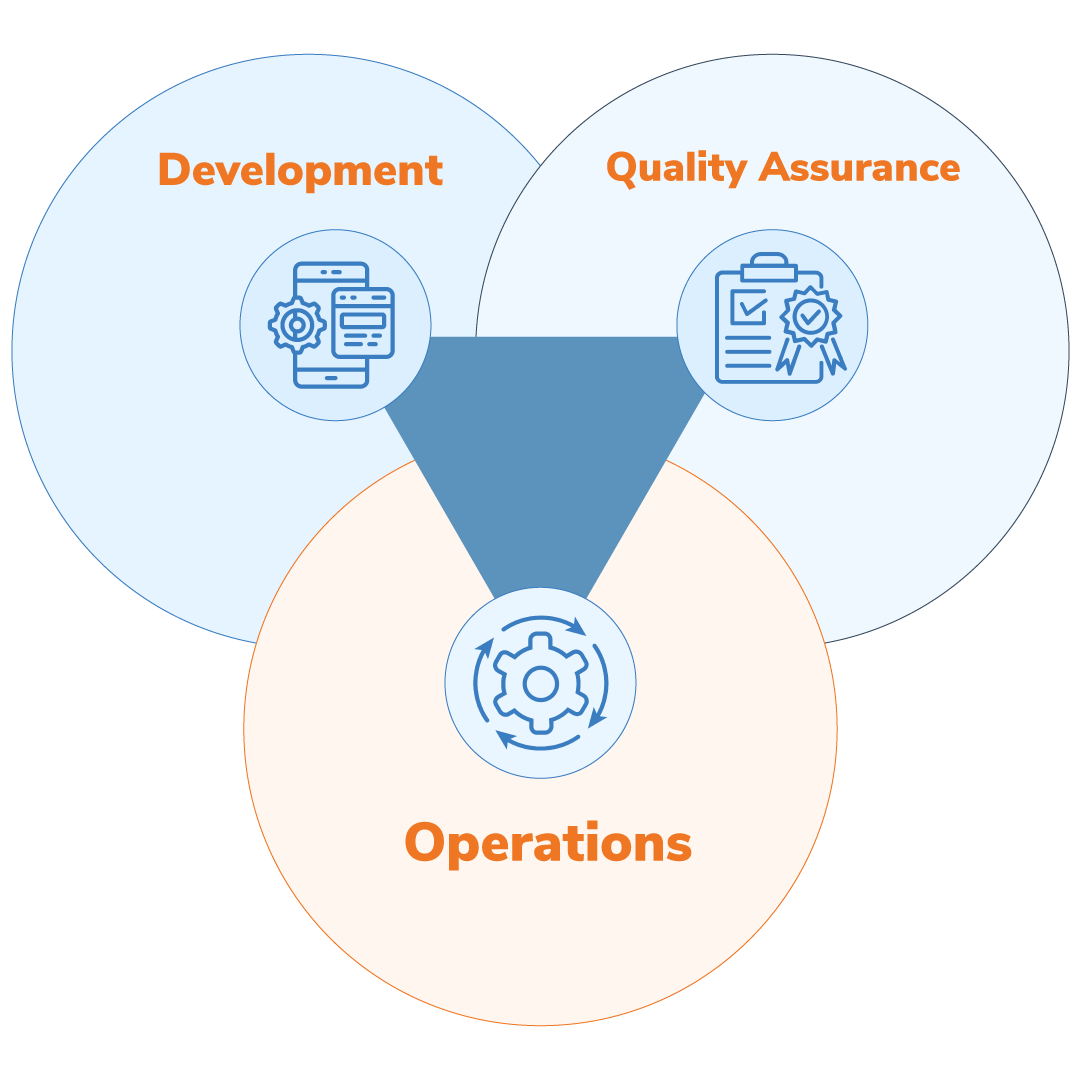
QAOPs: When to introduce?
There are two common situations when teams decide to introduce QAOPs.
1. The CI/CD product infrastructure isn’t optimized for automating quality assurance: When one needs to introduce and configure the QAOPs process in a CI/CD QA environment, either an automation QA engineer skilled in QAOPs or a tandem structure including a DevOps team and an Automation QA team may fit well. The combination of CI/CD proficiency with QA automation in a in a CI/CD staging production lays the groundwork for great QAOPs processes.
2. The testing infrastructure is very complex: The testing cloud infrastructure is intricate which requires QA automation engineers to have deep knowledge about configuring, maintaining, or enhancing it. This complexity becomes a bottleneck for product growth. In this case, a QAOPs engineer or any automation engineer with knowledge of DevOps spearheads the process transformation. This QA testing description highlights the importance of quality assurance in managing and improving these complex systems, ensuring continuous delivery and product growth.
QAOPs: Lifecycle
Now let’s look at the QA testing life cycle with respect to QAOPs.
The Lifecycle of QAOPs consists of 3 crucial steps:
1. Trigger
- In the crucial step of Quality Assurance, it's akin to trigger point injections, where the relevant tests are initiated whenever functionality changes are made in the Continuous Integration/Continuous Delivery CI/CD pipeline.
- The test has to be triggered only based on the changes made to functionality else we might lose precious time in testing the inappropriate areas where the changes are not made.
- So, when designing the triggering phase, you must keep three things in mind:
- Map out the testing at the preliminary stage.
- Consider all kinds of testing, counting integration testing.
- Employ testing for code verification and deployment.
Therefore, the triggering step must be well-mapped and planned with the automated test life cycle. If this step in the QAOPs process goes well, the entire team can be convinced enough of the product release.
2. Implement
- The parallel tests are executed in this phase which were approved in the trigger phase to ensure the product quality.
- It’s, therefore, essential to understanding the significance of this precise stage in the QAOPs procedure. Since the triggering step comprises planning out the testing, this phase executes the plan accordingly. Hence, the two crucial phases need to be performed in a row.
3. Report
- The report an outage phase kicks in once the tests are triggered and executed. This module showcases the result of the entire process, we should make sure to design the reporting module precisely to make the QAOPs process efficient and to provide quick summary information.
- Besides, the reporting module also includes and stores the history of previously running tests so that individual stakeholders can compare and evaluate the outcomes. Such reports should be made easily obtainable and on demand when needed.
When such three key steps of the QAOPs process are accomplished, it will lower the testing expenses and time a great deal, and that too, for various projects at a time.
The accurate QAOPs setup is a boon for the software delivery procedure.
QAOPs: Frameworks
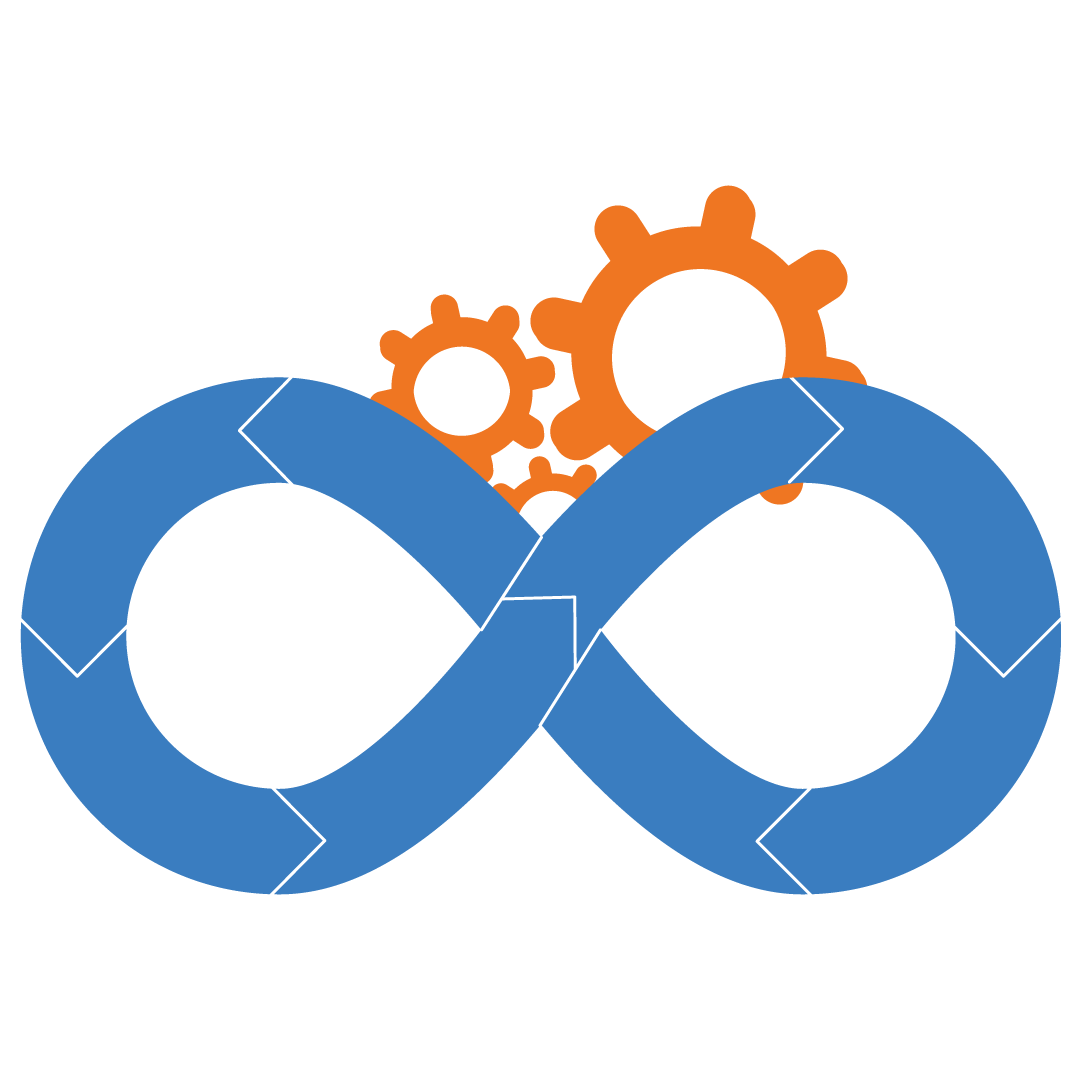
Methodologies
QAOPs leverage the following series of test methodologies and QA framework to facilitate reduced testing cycles along with the quality and stability of the software.
1. Automated Testing
The QAOPs framework leverages automation to analyze the product’s quality, fastening the software testing process. However, an automated testing engineer must study the product before building an automation framework to better understand its specifications, functionality, and goals. Also, an automated testing QA must gather the required info for perfectly writing the automated test codes.
Once this analysis has been done, QA teams can implement the codes as a part of the QAOPs pipeline. Automated testing saves precious time and makes testing data further relevant.
2. Parallel Testing
Parallel testing runs manifold test cases on an app and its subcomponents across browsers and OSs simultaneously. Such tests are automated and can radically lessen the entire testing time, making parallel testing an ideal fit for QAOPs.
Testing parallel helps to rapidly identify “flaky” tests—that demonstrate both a passing and a failing outcome with a similar code. Noticing flaky tests prior in the SDLC aids teams in finding and eradicating unstable tests in their app.
- Parallel test functions well in QAOPs, enabling accelerated tests within the delivery pipeline, given the parallel data.
- In cases where server capacity allows, QA’s can launch CI/CD pipelines with smoke and automated tests in multiple parallel streams.
- It’s imperative to utilize a real device cloud to manage the increased data processing load needed for multiple tests in tandem.
In modern-day technology, businesses can take benefit of Browserstack, which gives a scalable infrastructure to execute parallel testing.
3. Scalability Testing
As a common QAOPs practice, QA teams should ensure a scalable infrastructure leveraging scalability tests in the pipeline to increase the speed of tests when necessary.
- Scalability rules help to define applications or system performance in diverse situations by modifying the test loads.
- The outcomes of such testing reveal how the app or system will respond at scale.
- This information is vital as testing in a CI/CD model; testing should synchronize to scale down and up with the pipeline.
Automated testing is an easier option to scale than manual. With automated testing, software engineers can save models, steps, page objects, methods, and features and reuse them in upcoming testing. Since the elements have been built already, process automation makes the development of new tests less complicated and simpler to build with every step.
4. Regression Testing
A Regression test, a crucial component of regression testing automation, occurs when the software is already built and released. Besides, QA teams can perform this testing when they require upgrading the current framework & publishing the product in the market again.
This testing can sometimes create redundant defects in the product as it tries to fresh add-on functionalities to the product. QA teams can ease this procedure without wasting valuable time and money on the modifications to avoid this mishap.
5. Functional Exploratory Testing
This form of testing is implemented to ensure that the end product result meets the required outcome. The complete testing procedure relies on the experience of the QA engineers here as they have to consider possible bugs/ flaws in the system and fix them before the launch. QA’s require thinking beyond the scripted code to take the next steps based on the existing position of the app.
6. Geolocation Testing
For every product development company if you are developing any web app, you must know whether it will fit into a specific location. With the aid of QAOPs, your test engineers can collaborate with the operations team to be extra familiar with such internet standards and geolocation technologies.
That way, they could get the test cycle driven in the correct direction from the beginning rather than wandering in the dark, perplexed about how to figure it out by themselves.
Technologies and Tools for QAOPs
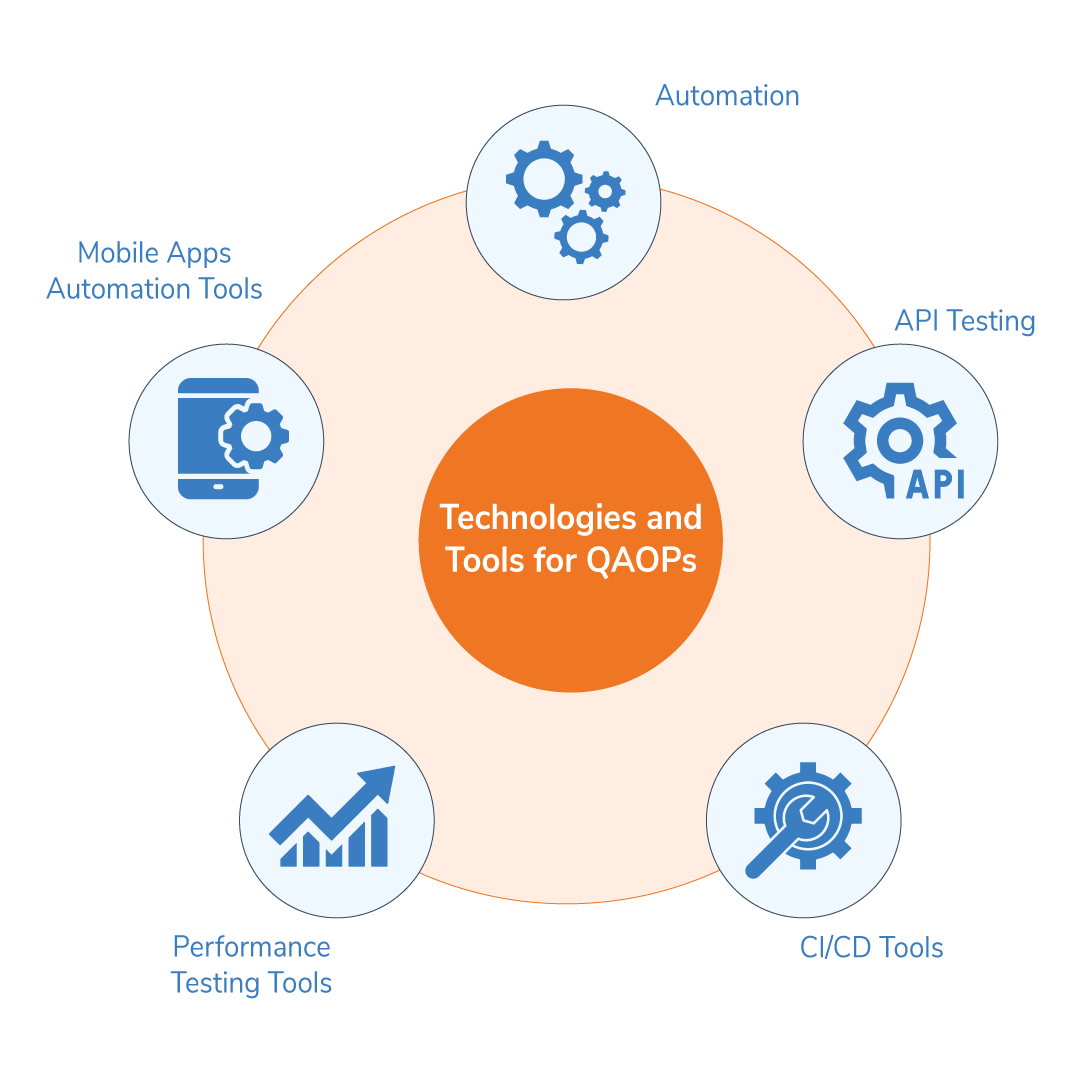
QAOPs Technologies
Technologies and testing tools QA are used as part of the QAOPs process:
Automation Tools for Testing
Selenium (with all programming languages: Java, Python, C# and JavaScript, etc.), Provar, Protractor, WebdriverIO, Katalon Studio, Tricentis Tosca, and others.
Performance Testing Tools for Website
JMeter, BlazeMeter, WebLoad, LoadRunner, Tricentis NeoLoad, etc.
Test Automation Tools for Mobile Apps
Appium(with all programming languages: Java, Python)
API Test Harness & Automation Tools
SoapUI, Postman, Runscope, Rest Assured(Java), Requests(Python), etc.
CI/CD Deployment Tools
Jenkins, CircleCI, AWS CodeBuild, Azure DevOps, Atlassian Bamboo, Travis CI, etc.
QAOPs: How is it different from DevOPs?
QAOPs is the next evolution of DevOps and looks at inserting high quality at the core of the delivery pipeline.
QAOPs
- QA specialists work collaboratively with Operations and Developers in primary roles.
- Give more importance to guaranteeing the quality of software.
- The software app’s quality will be excellent in this case.
DevOPs
- Operations and Developers have prime roles, and QA will function as a subset of development.
- Give importance more to deploying software rapidly.
- The software app’s quality will be good in this case.
In DevOps testing practices, coordination is primarily between production and operational teams to ensure that the final product meets user expectations. Here, consistency or QA is part of the production process and plays a ‘secondary’ role in the broader scheme of things. In the DevOps testing approach, DevOps specialists are primarily developers, secondary-level testers, and operating team members.
Thus, even though the main thrust is consistency, the QA specialists remain in the background. However, in QAOPs, the operating team primarily communicates and works with the QA team to ensure the consistent delivery of the product. In this scenario, QA is not excluded by the production team but remains an equal stakeholder in the entire value chain. The outcome of QAOPs research is the continuous delivery of superior user experience.
The key thrust of DevOps is to ensure that the program can be deployed at any time with new functionality in place. Here, each stakeholder can function as part of a single team working towards a common goal. DevOps calls for the Development and Operations Team to act as a single entity to generate business value through the value chain.
The key thrust of QAOPs is to ensure the quality of the application in terms of performance, scalability, functionality, safety, and usability, among others. Since the major focus of QAOPs testing is on achieving the consistency of the software application along with the speed of delivery, the quality of the application is of the highest level.
QAOPs: Advantages and Benefits
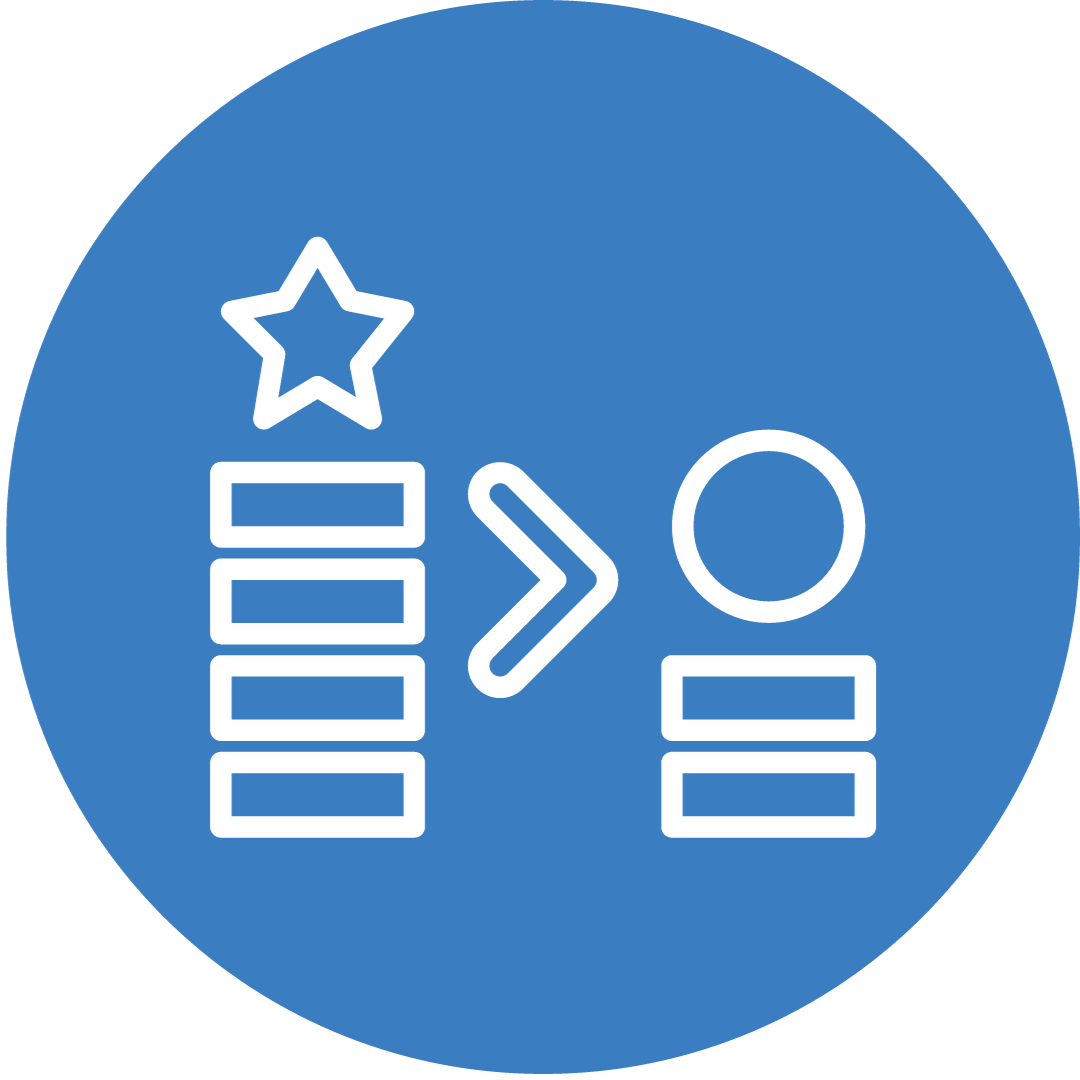
Advantages
In today’s market situation, where software development organizations are in a regular battle with their products, the QAOPs procedure makes it simpler to accomplish their objective. By integrating varied testing methodologies with QA operations, enterprises can profit in many ways.
1. Strengthen Level of Abilities
When the software testing team interacts with other teams (operations and development) as a component of DevOps QA testing, it aids them in widening their horizons and enhancing their skills.
2. Better Quality Picture
With the software test team being integrated into the product delivery workflow, the end product is of superior quality than what it would have been if the old methodology had been used. As a vital part of the CI/CD workflow where comprehensive automation is used, speedy outcomes are accomplished, leading to excellent customer satisfaction.
3. Enhanced Customer Service Experiences
As QAOPs integrate continuous scrutinizing, the gadget has a high degree of durability, stability, and accuracy. This guarantees higher customer service.
4. Increased Productivity in the Workplace
With software testing getting much more involved in the software development lifecycle than before, there are recurrent communications with other teams. This guarantees the company’s testing team is valued extra, boosting their productivity and confidence.
Benefits
By implementation of the QAOPs process, there are some benefits which are as follows.
- QA engineers are constantly learning new things and their productivity and efficiency increase.
- QAOPs framework provides a collaborative relationship between the QA, Dev, and Operations Team. It also allows to increase QA’s skill level in different areas.
- The QAOPs process helps to fix the bugs faster and release the product earlier than expected as the QA, dev, and Ops team have a clear picture of the testing process.
- CI/CD testing allows the errors to be identified at an earlier stage which provides a reliable product.
Overall,
- teams can achieve comprehensive test coverage by debugging their apps for many mobile devices.
- Accurately designed and executed, it paves the road to speedy software delivery.
- It gives a better customer experience and proves convenient and time-efficient without any quality compromises.
QAOPs: Challenges
Every new technology or process has an initial set of hiccups. The same goes for this QAOPs process. Common QA automation challenges faced by QAOPs teams are:
- It is too difficult to learn new technologies & all the phases of SDLC for the QA Team members
- It is a lengthy process.
- Organizations need to invest in the right resources and tools to cover various aspects of the software quality life cycle.
- The quality Assurance team may lose focus on QA activities by involving other aspects of QAOPs.
QAOPs: Future
In the current market scenario, the future of business-critical software testing will be highly automated and cloud-based. QAOPs will turn into the next big thing. A lot of companies have already adopted the DevOps approach, and QAOPs are the next jump to the logical step.
Some key trends and potential developments that could shape the future of QAOPs:
AI and Machine Learning Integration: QAOPs ai and machine learning specialists will leverage AI and machine learning for intelligent test case generation, predictive analysis, anomaly detection, and advanced monitoring. AI-driven insights will help teams make informed decisions and optimize testing efforts.
Continuous Security and Compliance Testing: QAOPs will include continuous security testing and compliance validation to address evolving security threats and regulatory requirements
Multi-Cloud and Hybrid Environments: With the rise of multi-cloud and hybrid cloud deployments, QAOPs will focus on testing applications across various cloud providers and on-premises environments.
More Comprehensive Test Metrics: QAOPs will focus on providing comprehensive test metrics and insights that go beyond pass/fail results. These metrics will help teams analyze testing efficiency and effectiveness
Data-Driven Testing: Data-driven testing advantages are many! They will gain importance as organizations rely on data-driven decision-making. QAOPs will ensure that data used for testing is accurate, complete, and representative of real-world scenarios.
DevSecOps Integration: QAOPs will collaborate closely with security teams to integrate security practices into the DevOps pipeline, promoting the concept of DevSecOps
Conclusion
Executing or implementing QAOPs can give the organization an upper hand over their competitors in the software development industry, and QAOPs paves the road to faster software delivery when correctly designed and implemented. It gives a better customer experience without any quality compromises.
Get in touch with our QA experts today to explore how our expertise can elevate your project's testing strategy, ensuring robust, user-friendly, and high-quality software. Let's collaborate to bring your software visions to life with the precision and care they deserve.

Why Do We Debug Code?
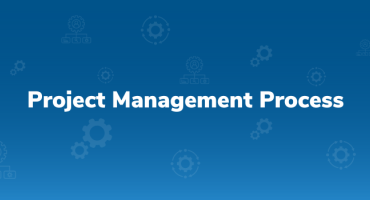
Sjinnovation’s Project Management Process
